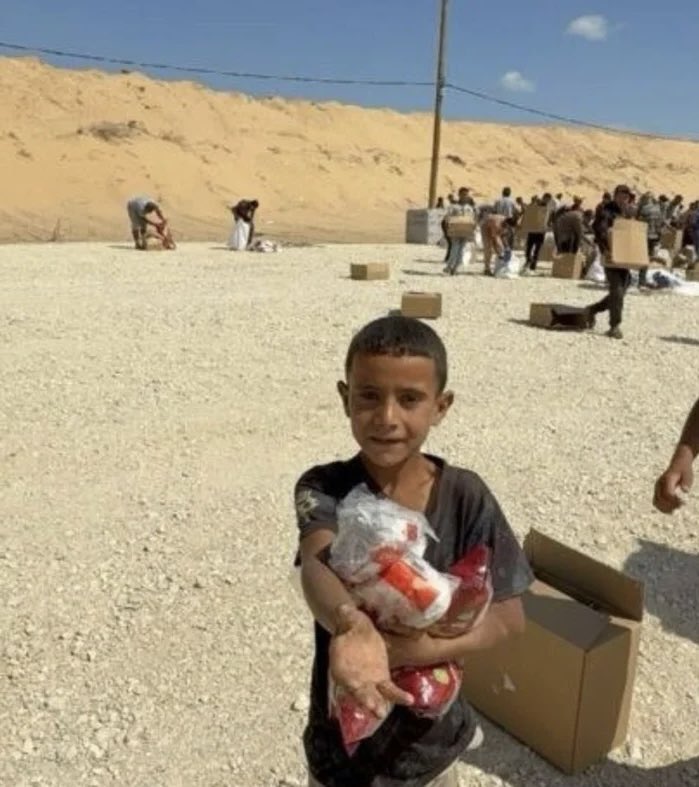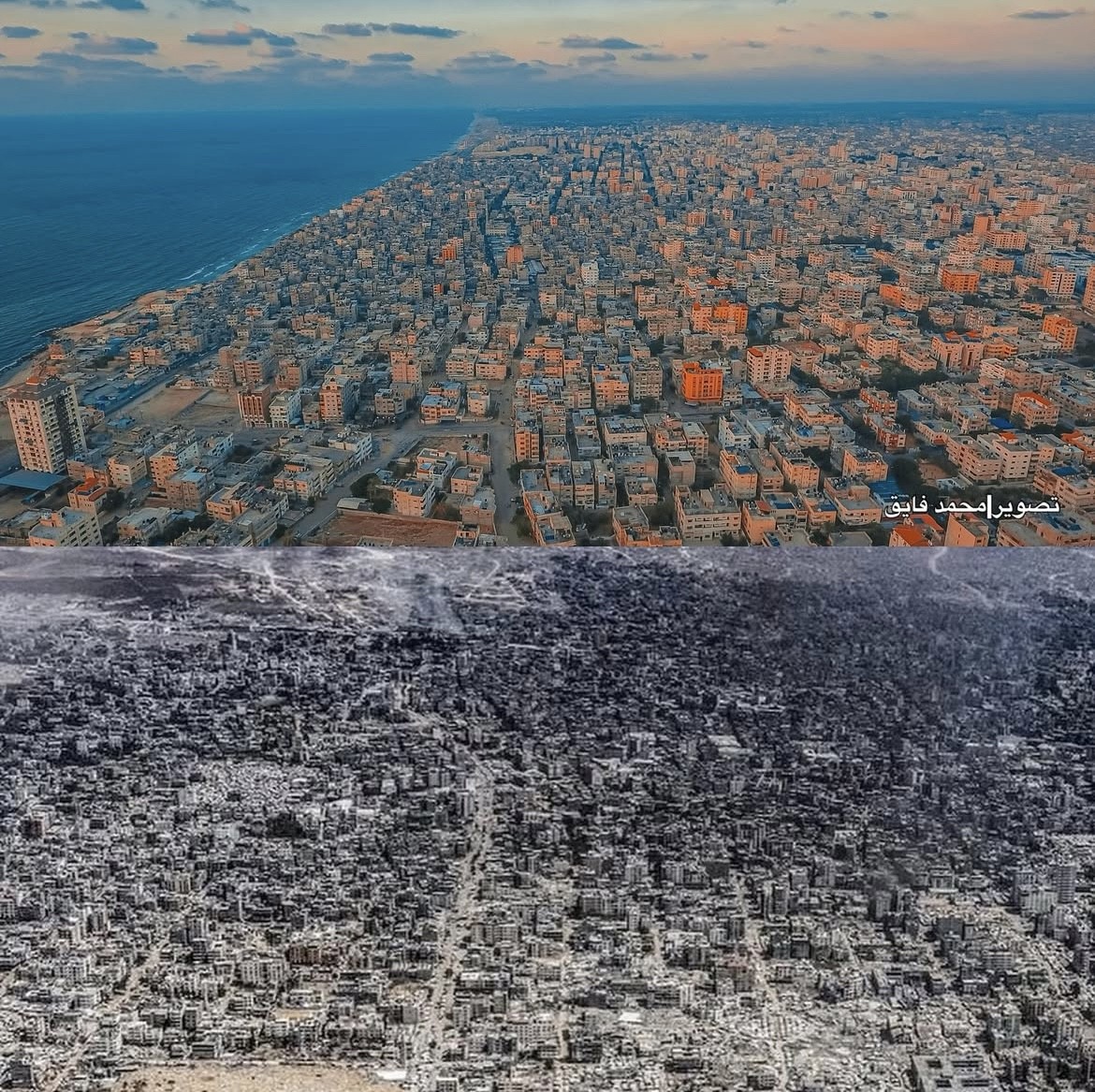The family of Abdulrahim Mohammed al-Jarabe’a, known affectionately as Amir, is calling for an international investigation into the 10-year-old’s disappearance after a video of him receiving aid from a U.S. soldier in Gaza went viral.
The footage showed Amir—barefoot, frail, and clutching a small portion of food—kissing the soldier’s hand in gratitude. The soldier, former U.S. Green Beret Anthony Agular, later described the boy’s killing by Israel as the moment that compelled him to speak out.
Amir had already lost his father in an Israeli airstrike and was living with his mother in a displacement camp in southern Gaza. According to reports, he followed a crowd heading to an aid drop site and never returned. His family only realised he was missing after recognising him in the video.
Since then, they’ve searched every hospital, morgue, and aid agency they can reach—including the Red Cross—for any sign of him.
“I’ve opened morgue fridges myself,” his mother told Middle East Eye. “They told me, ‘Sister, we didn’t receive him.’”
Middle East Eye has confirmed no hospital, clinic, or forensic facility in Gaza has recorded receiving a body matching Amir’s name or description.
Now, his family is demanding answers.
“Was he killed and never documented? Was he injured and taken elsewhere? Was he detained?” one relative asked.
“We need to see him—dead or alive. Someone must know what happened.”
In his testimony, Agular described Amir’s final hours:
“He walked 12 kilometres just to get aid. Thanked us for scraps. Then he was shot [ by Israeli soldiers ]… and died.”
Amir’s mother, proud of her martyred husband and broken by her missing son, said:
“We’re heartbroken. If I had seen him leave for aid, I would’ve stopped him. I don’t let them go hungry.”
While Agular’s account has spread widely online, Amir’s identity was only confirmed later by his grieving family.

